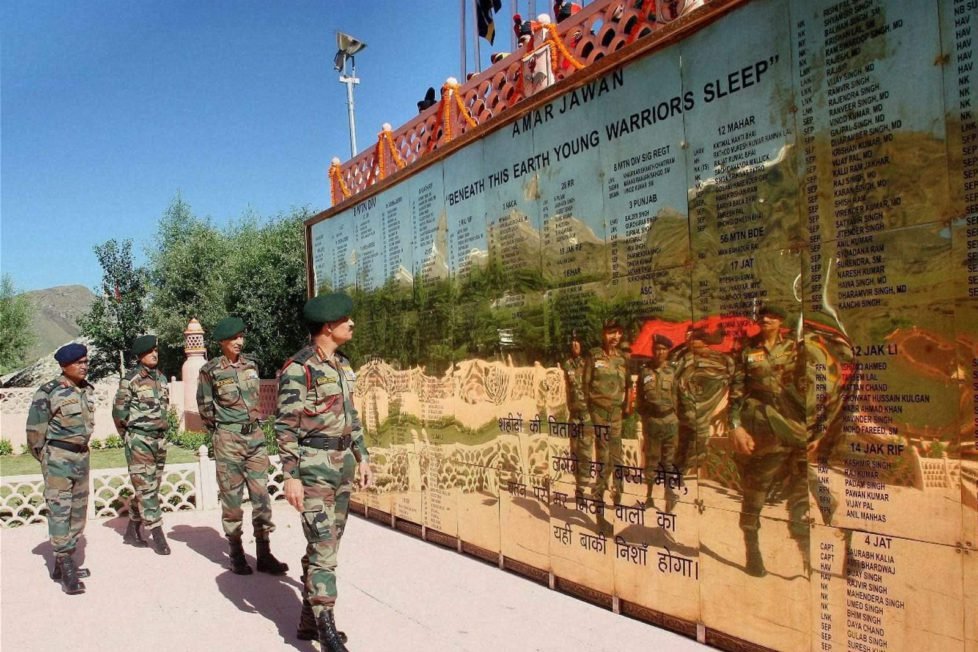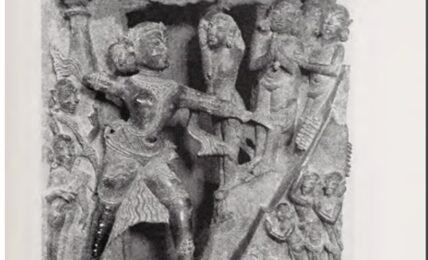Kargil Vijay Diwas-Remembering The Heroic Tales
Heroes have lived among us. It just made us realize we were looking for them somewhere else. The thrilling heroic tales that were told and the tears that we shed while lighting the Diya on 'Kargil Vijay Diwas' on the doorstep every year will always echo the memory of our Kargil heroes.




